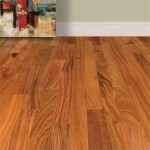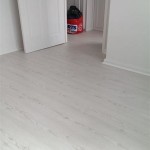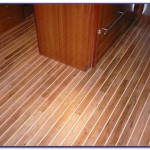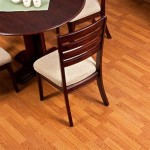Essential Aspects of Underlayment for Engineered Hardwood Flooring
Engineered hardwood flooring offers a blend of durability and aesthetic appeal, making it a popular choice for homeowners. To ensure the longevity and performance of your engineered hardwood flooring, installing an underlayment is crucial. Here are the essential aspects of underlayment to consider:
Types of Underlayment
There are different types of underlayment materials available, each with unique properties:
- Cork: Natural and sustainable, cork provides excellent sound absorption and insulation.
- Rubber: Durable and moisture-resistant, rubber underlayment offers exceptional vibration dampening.
- Foam: Available in various densities, foam underlayment provides cushioning and helps reduce noise.
- Felt: Cost-effective and easy to install, felt underlayment offers moderate sound absorption.
Functionality
Underlayment serves several important functions:
- Moisture Barrier: It helps prevent moisture from reaching the flooring from the subfloor, reducing the risk of warping and damage.
- Sound Absorption: Underlayment absorbs impact noise, creating a quieter and more comfortable environment.
- Vibration Dampening: It absorbs vibrations from foot traffic or heavy objects, preventing them from traveling through the floor.
- Thermal Insulation: Underlayment provides an additional layer of insulation, helping to regulate temperature and energy efficiency.
Choosing the Right Underlayment
When choosing an underlayment, consider the following factors:
- Floor Type: Different types of flooring may require specific underlayment materials.
- Moisture Level: If the subfloor is prone to moisture, choose a moisture-resistant underlayment.
- Traffic Level: High-traffic areas may require a more durable underlayment.
- Sound Reduction Needs: If sound reduction is a priority, consider an underlayment with high sound absorption rating.
Installation
Proper installation is crucial to maximize the performance of your underlayment:
- Clean Surface: Ensure the subfloor is clean and free of debris.
- Moisture Barrier: If necessary, install a separate moisture barrier beneath the underlayment.
- Lay the Underlayment: Unroll and position the underlayment according to the manufacturer's instructions, using tape or staples to secure it.
- Seams: Overlap seams by several inches and seal them with underlayment tape.
Conclusion
Underlayment is an essential component of any engineered hardwood flooring installation. By understanding the different types, functionality, and installation requirements, you can select and install the right underlayment to enhance the performance, longevity, and comfort of your flooring.

Underlayment Buyer S Guide

Does Wood Flooring Need Underlay Greyspace

The Advantages Of Poly Foam Underlay Blog Floorsave

Probase Rubber Underlayment For Engineered Hardwood Laminate Flooring Sound Seal

Hardwood Floor Underlayment Options From The Forest Llc

The Top Reasons Why You Need An Underlayment For Hardwood Floors

Hardwood Flooring Underlayment Non Toxic Effective Green Building Supply

Underlayment What It Is And Why You Need Stuga

Underlayment Buyer S Guide

Floating Solid And Engineered Wood Flooring British Hardwoods Blog
Related Posts








